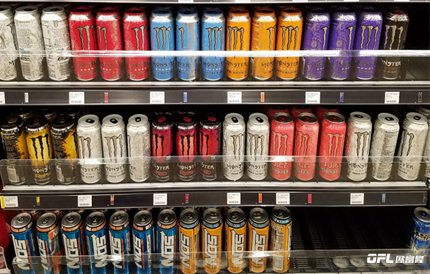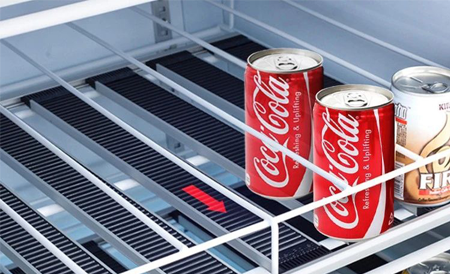The future of sellers - smart sellers
May 16 , 2025In the next decade, everything will be smart, connected, and sensing; computing devices will become cheap, consume very little power, and be small enough to help make anything smart, even a shelf.

Currently, shelves play a relatively passive role, but smart shelves have the opportunity to change this situation and take the initiative to respond. For example, smart shelves can understand customer needs and the products displayed, and use enhanced functions to more comprehensively intervene in the sales process. Moreover, it can play these roles in a highly personalized way, including displaying personalized prices and promotional information.
Fundamentally, smart shelves can enhance the shopping experience in two ways: convenience and fun. For manufacturers, smart shelves can bring data-driven sales and marketing opportunities, helping them better understand the customers who buy and don’t buy their products. It can also dynamically optimize price information. Help retailers maximize profits and help manufacturers and retailers reward loyal customers.
Smart shelves will not have a “one size fits all” solution and will come in all shapes, sizes and complexities.
Shelf capabilities will vary, and as computing power increases and becomes more affordable, a variety of smart shelves will be suited to different tasks.
“Normal” shelves will have basic sensing capabilities and very limited display capabilities, but no communications.
“Advanced” shelves will have more sophisticated sensors, higher levels of local intelligence and better cloud connectivity and services.
A simple shelf may only have short-range sensors, while an advanced smart shelf may be able to see, smell, sense and understand its surroundings.
These shelves will not only know what products are placed on them (with the help of cameras, RFID readers, weight sensors or other technologies), but also understand the customer standing in front of them and be able to interact with them naturally, comfortably and intelligently (while respecting customer privacy). Achieving this requires a combination of sensors (3D cameras, microphones, proximity and touch) and computing capabilities. For example, the shelf should process all customer image data locally, rather than transmitting it to the cloud to avoid privacy violations.
"Top" shelves can leverage all of these capabilities and access cloud data sources to guide and customize customers.
Some of these capabilities may need to be accessed through the customer's device, at least initially. For example, shelves may use the display, touch, and even microphone of a smartphone to interact with customers. As collaborative, heterogeneous computing architectures evolve, shelves may actually use some of the local computing capabilities of the device to achieve their own functions.
Shelves will have a variety of display capabilities, many shelves will have no display capabilities, some shelves will be equipped with colorful high-end displays to promote products, and other shelves will use the customer's device for display.
Now everything is basically moving towards intelligence. Traditional shelves can only have an advantage in price. Whether it is a traditional shelf or a smart shelf, it will be popular only if it can provide customers with convenient and quick product selection. Sometimes necessary auxiliary tools can also achieve certain purposes. For example, Supermarket shelf roller vending machine, placed on ordinary shelves, can also automatically replenish goods and realize customer purchasing freedom.
